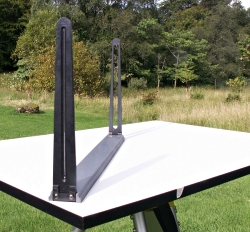GazPal
Established Member
"Tradition sets you free"
In essence, it's "craft" meaning revolves about the fact one becomes more capable of enhancing and adding to skill sets and aspects of design once you've mastered traditional tools and methods. Tradition being inside the box and freedom being outside the box. Such an approach allows one to become capable of utilising tools as an extension of one's body, where crafting operations become second nature and as natural as breathing. One becomes a more complete craftsman/woman.
As an introductory piece I think Paul's video provides perfectly sound information which can be expanded upon with practise and further tuition/studies. It's an initial stepping stone. Given the timescale involved I'd never expect anyone to be able to provide every ounce of information necessary.
In essence, it's "craft" meaning revolves about the fact one becomes more capable of enhancing and adding to skill sets and aspects of design once you've mastered traditional tools and methods. Tradition being inside the box and freedom being outside the box. Such an approach allows one to become capable of utilising tools as an extension of one's body, where crafting operations become second nature and as natural as breathing. One becomes a more complete craftsman/woman.
As an introductory piece I think Paul's video provides perfectly sound information which can be expanded upon with practise and further tuition/studies. It's an initial stepping stone. Given the timescale involved I'd never expect anyone to be able to provide every ounce of information necessary.






